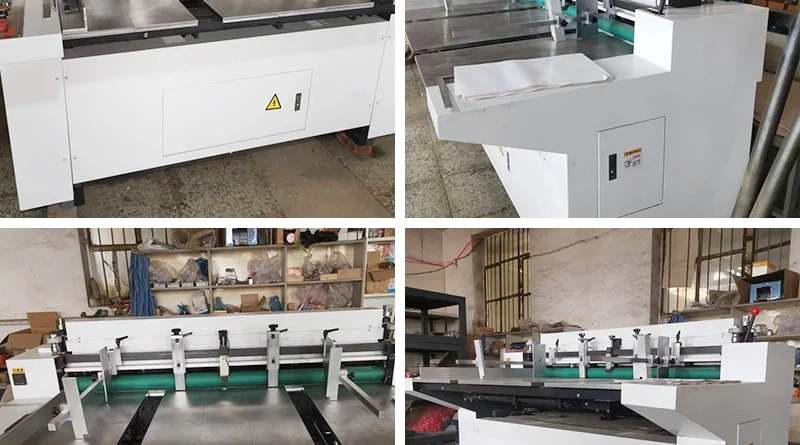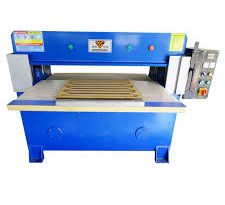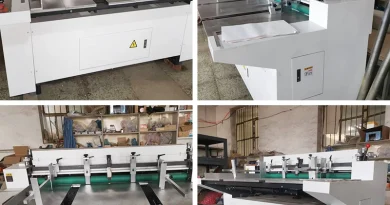Enhancing Production Lines: The Vital Role of Cardboard Slitting Machinery
In the rapidly evolving world of manufacturing and packaging, efficiency in material processing is crucial. Cardboard slitting machinery stands out as a key player, optimizing the cutting process of cardboard for a variety of applications. This article delves into the functionality, benefits, and industry impact of cardboard slitting machinery, highlighting its indispensable role in modern production environments.
Introduction to Cardboard Slitting Machinery
Cardboard slitting machinery is designed to cut large sheets or rolls of cardboard into narrower strips or custom sizes, facilitating their use in packaging, printing, and other industrial applications. This machinery is essential for businesses that require high precision and efficiency in handling large volumes of cardboard, ensuring materials are prepared swiftly and accurately for further processing or final use.
Key Features of Modern Cardboard Slitting Machines
Modern cardboard slitting machines incorporate advanced features that enhance their performance and adaptability:
- Precision Cutting: Equipped with sharp, durable blades, these machines provide clean and precise cuts, ensuring uniformity in the size and quality of the output.
- High-Speed Operation: Capable of processing large amounts of material quickly, cardboard slitting machines significantly boost production efficiency.
- Adjustability: They often feature adjustable settings to handle different widths and thicknesses of cardboard, offering versatility across various projects.
- Automated Controls: Enhanced with digital interfaces, these machines allow for easy adjustments and automated operation, reducing manual labor and the potential for error.
Benefits of Using Cardboard Slitting Machinery
The integration of cardboard slitting machinery into production processes offers several significant advantages:
- Increased Production Efficiency: By automating the cutting process, these machines allow for faster completion of tasks, enabling higher throughput in production.
- Consistent Quality: Automated, precise cuts ensure that each piece of cardboard meets the required specifications, crucial for subsequent manufacturing stages.
- Cost Efficiency: Automation reduces the need for manual labor and minimizes material wastage, directly impacting the bottom line positively.
- Flexibility: The ability to quickly adjust machine settings for different cardboard sizes and thicknesses allows manufacturers to easily switch between projects without significant downtime.
The Impact on the Manufacturing and Packaging Industry
Cardboard slitting machinery has transformed the manufacturing and packaging industries by enabling more efficient and precise preparation of materials. As demands for quicker turnaround times and higher quality packaging increase, particularly in sectors like e-commerce, these machines provide a competitive edge by ensuring that businesses can meet customer expectations effectively and efficiently.
Future Trends in Cardboard Slitting Technology
The future of cardboard slitting machinery looks promising, with technological advancements aimed at increasing automation, precision, and sustainability. Innovations may include the integration of artificial intelligence for optimized cutting paths and improved machine learning algorithms for predictive maintenance. Additionally, developments in more environmentally friendly cutting technologies and materials are expected to enhance the sustainability of production processes.
Conclusion
Cardboard slitting machinery is a cornerstone of modern manufacturing and packaging operations, offering unmatched precision, efficiency, and versatility. As the industry continues to evolve, the capabilities of these machines will expand, setting new standards for material processing and driving forward the future of manufacturing. Investing in advanced cardboard slitting technology is a strategic move for any business looking to improve its production capacity and maintain a competitive edge in the market.



